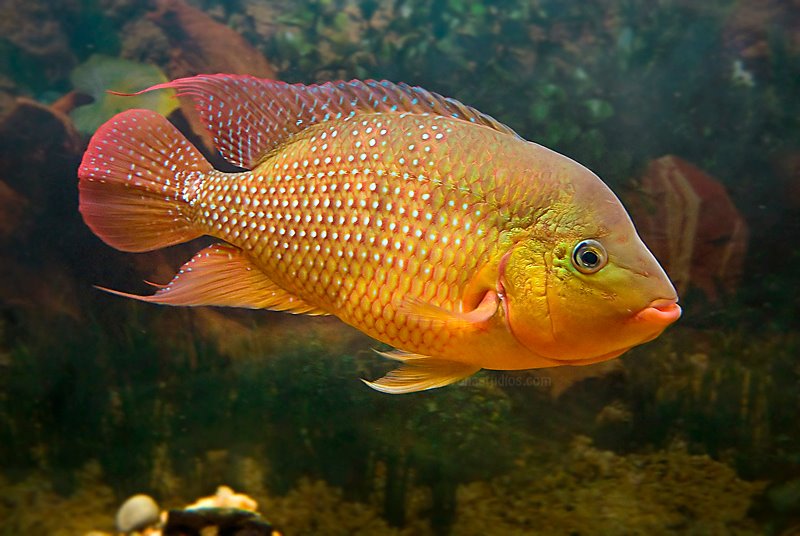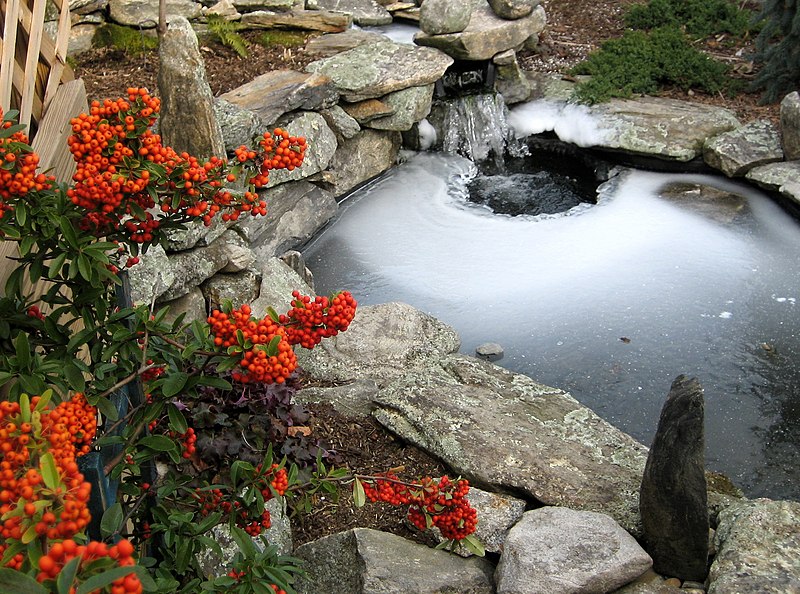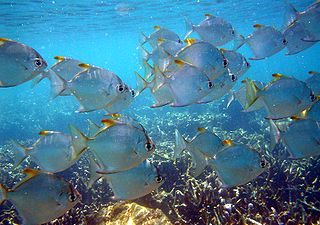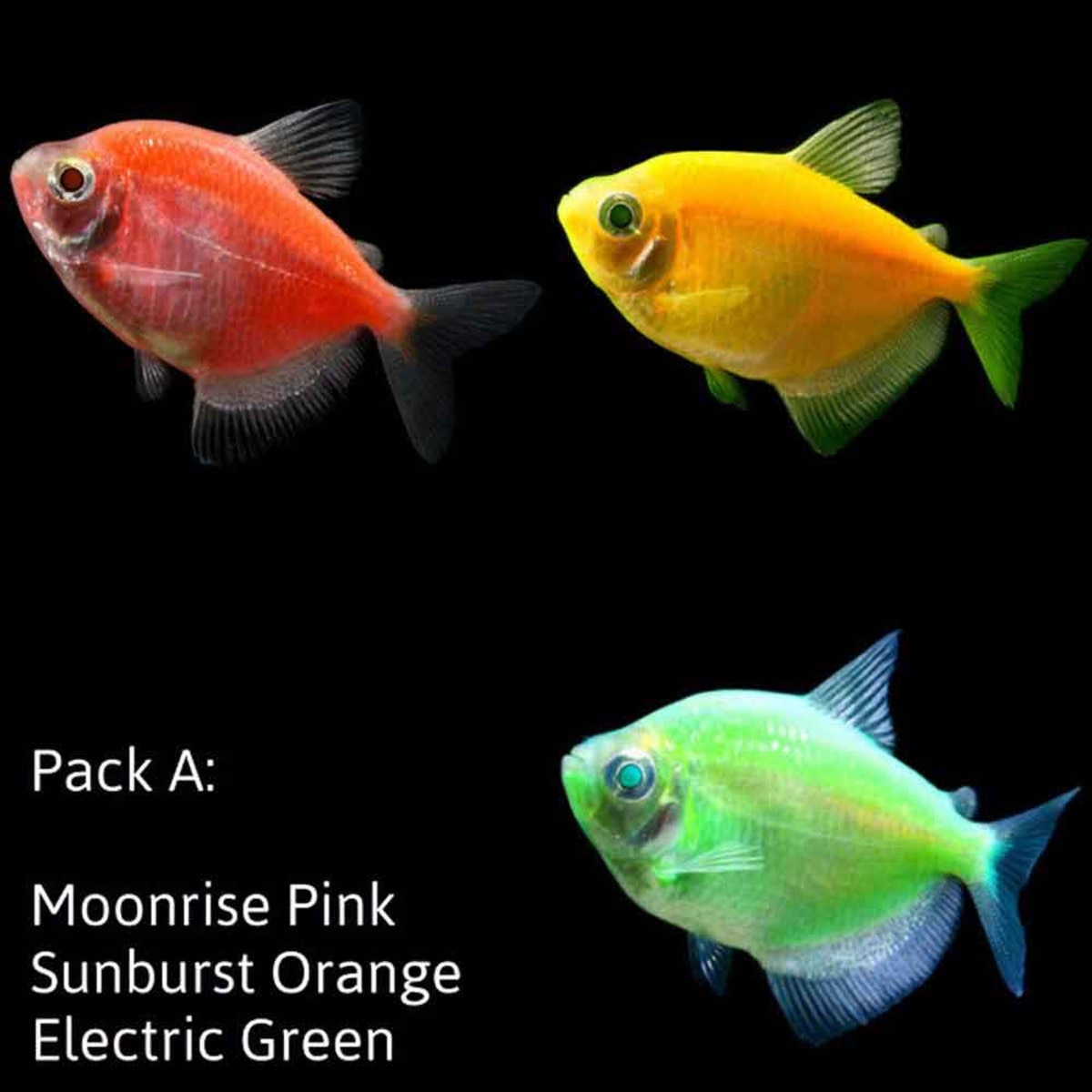 Dedicated aquarists pour their hearts and souls into creating thier own versions of breathtaking aquatic displays. Countless hours are dedicated to precise placement of wood, rock and other ornaments, painstaking pruning of live plants, and, of course, to testing and maintaining the water quality to provide the healthiest environment possible for the stars of the show: the fish! The ultimate goal is to have brilliant, beautiful, healthy fish to observe, and just about every other aspect of the tank contributes to the appearance of the livestock you keep. While the conditions that favor each species vary, you can provide the necessary factors to tweek the colors they show and make your fish look their best.
Dedicated aquarists pour their hearts and souls into creating thier own versions of breathtaking aquatic displays. Countless hours are dedicated to precise placement of wood, rock and other ornaments, painstaking pruning of live plants, and, of course, to testing and maintaining the water quality to provide the healthiest environment possible for the stars of the show: the fish! The ultimate goal is to have brilliant, beautiful, healthy fish to observe, and just about every other aspect of the tank contributes to the appearance of the livestock you keep. While the conditions that favor each species vary, you can provide the necessary factors to tweek the colors they show and make your fish look their best.
Understanding Fish Coloration
The inner layer of each fish’s skin contains color cells called chromatophores. Some chromatophores produce melanin, providing brown or black pigmentation. Some are capable of storing carotenoids which provide brilliant red, orange, and yellow pigments that come largely from foods the animals eat. Then there are iridophores, that contain crystalline deposits that reflect and bend light and giving the illusion of silvery, white, or metallic blue and green pigmentation. Read More »
 That Fish Blog – Aquarium Advice and Information
That Fish Blog – Aquarium Advice and Information



